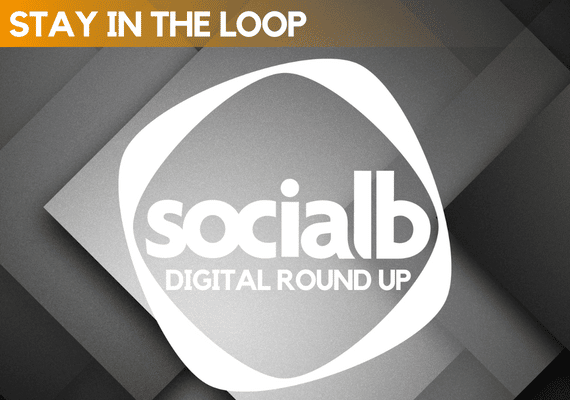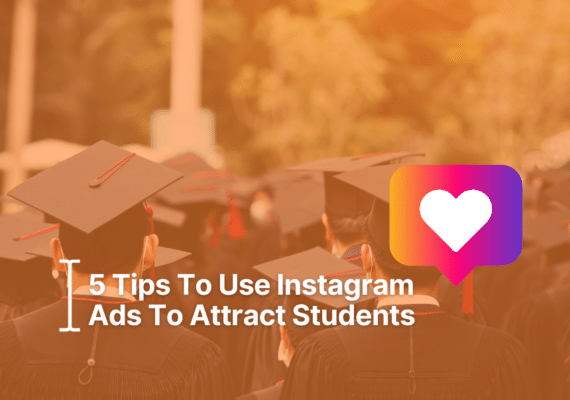Imagine you’re in a room packed full of your target customers. You deliver a talk to inspire them and every member sits silently, watching you, nodding as you go along. Now, imagine you’re in a second room, also packed full of your target customers. In this room, you also deliver a talk, but this time your customers are asking you questions, talking with each other about the points you’ve raised, all while you’re at the epicentre of the discussion. Now, which room would you prefer to be in? Of course, it’s the second room, because you’re visibly listening and witnessing the feedback. You’re creating a buzz that is attracting the attention of even more of your target audience to enter the room and join you if it wasn’t already packed full.
What we’re learning from this is the value of a community over an audience, which doesn’t require getting your customers into a physical space. This can also be achieved with your digital marketing activity, none more easily than social media, which is where we will focus on here.
We have to understand the true basics of social media here before building a community, and that is the fact that nobody joined social media to be sold to. So we have to disabuse ourselves with the idea that a community will quadruple our order book. So why bother with a community at all? I’ll come back to that later.
Being the person who creates a social media profile, on any channel, solely to shout about the products and services they provide, is tantamount to being the boring person at a party who everyone tries to avoid. The purpose of creating a community is that it enables you to inspire, educate, inform, empower, even entertain (if that’s the personality of your brand) your tribe of fans, by leading conversations that members can discuss with you and each other, putting you at the forefront of your audience’s minds when they are ready to made that all important buying decision for the things that you sell. This is why building a community can be so valuable to a brand. Let’s look at a couple of ideas how….
Contents
1. User-Generated Content (UGC)
In short, this is the process of encouraging your audience to post images and videos themselves, as part of your campaign. For example, if you were a clothing retailer, it would be easy to post a stream of photographs of dresses, suits, shoes, etc. as they arrive in your store. However, consumers often want to see these items worn by others in the outside world, to help them make a more educated decision on whether it would suit them too.
For example, imagine you’re a shoe retailer and you create a hashtag that consumers who bought shoes from you could use in an Instagram post when wearing them on a night out. Their followers may see the shoes, wonder where they came from, and follow the hashtag back to you. You could also repost that image on your Instagram feed, tagging in the retailers (if you knew who they were) of the other items and accessories being worn, which could encourage those retailers to tag you in future posts. The Law of Reciprocity can be a wonderfully useful tool, when growing a social media community.
2. Create a Social Media Group
In addition to your own social media pages, your audience could start discussions on the industry you work within your group too.
Here’s an example. Some people love the Autumn and Winter months. I mean, really love them. In 2018, Starbucks recognised this fact by creating the “Leaf Rakers Society” Facebook group which, they say, “is a safe place for a) pumpkins b) year-round scarf-wearers c) those who would rather work on their Halloween costume than their tan. This group serves as a forum where we constructively work together with Mother Nature to help Autumn arrive earlier in the calendar year. Maybe we get rid of August, or something?” At the time of writing, there are over 36 million members in this group, discussing about everything to do with Autumn (all ‘Fall’ as it’s called in the group). What’s this got to do with coffee? Ask the Pumpkin Spiced Latte lovers.
In both of these examples, social media is used to get your tribe talking because that is the difference between an audience and a community. An audience are those you speak to, and something which we understand is essential, which is why we work with many businesses to attract them. But a community are those who talk to you and each other, and a community’s value will live on for longer.
Action Points
Do you have an audience or a community? What other ways could you turn your audience into a community? Let us know at info@socialb.co.uk or on twitter @socialbuk.








